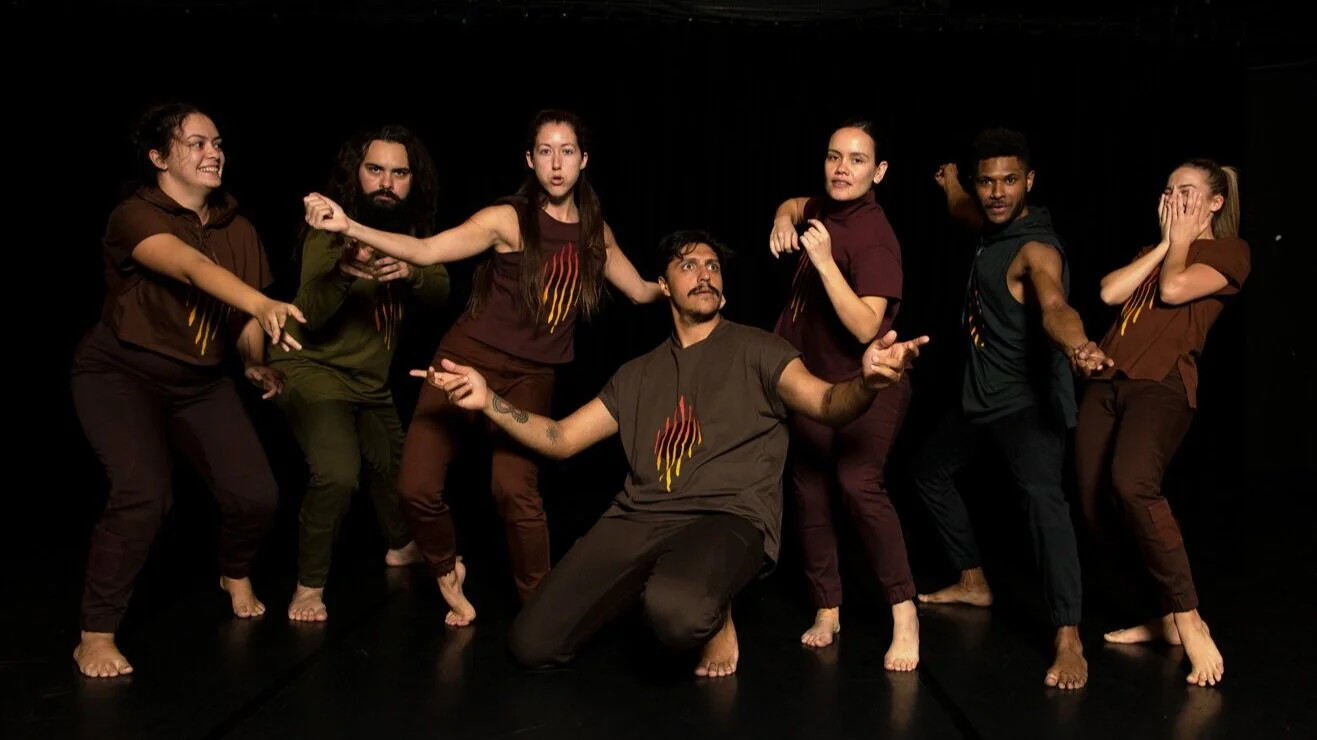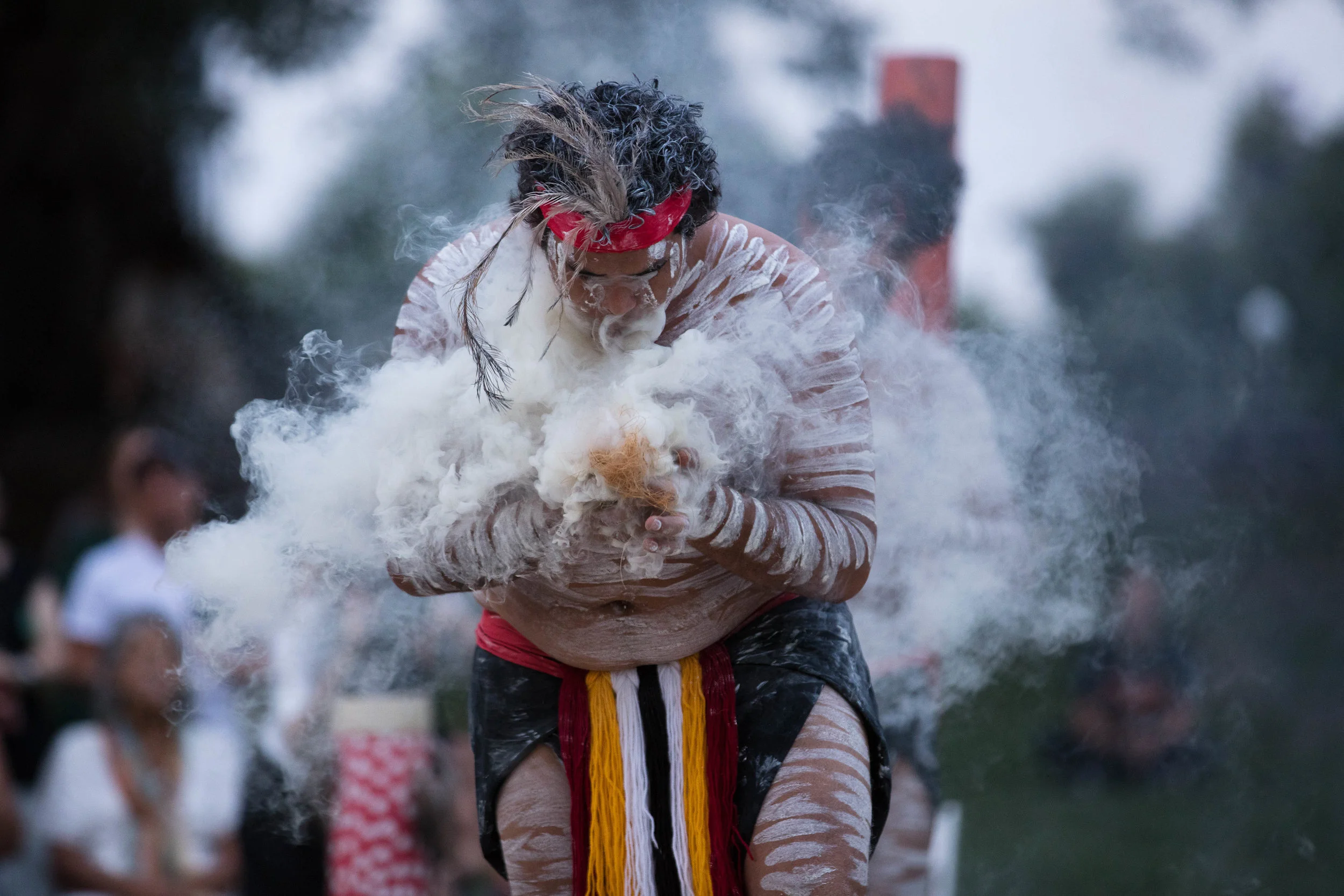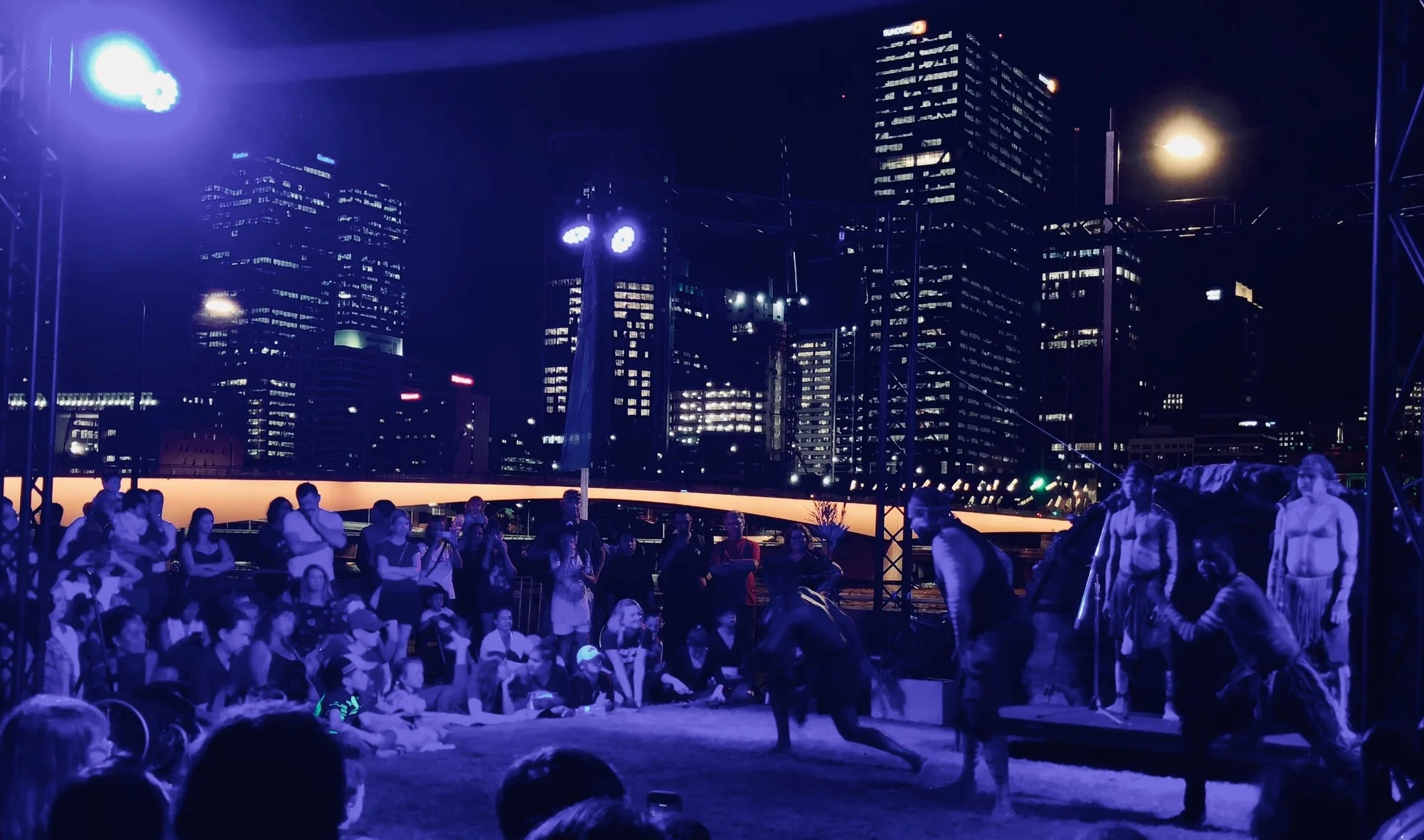Since the COVID19 outbreak in Australia, we might be working from home but we are busier than ever before. While venues and theatres closed their doors, we have been looking internally at what we can do to shift the way the performance industry relates to our First Nations dance practices. We believe we can achieve self-determination in the arts.
Re-Futuring As Recovery For The Arts
Since the COVID19 outbreak in Australia, we might be working from home but we are busier than ever before. While venues and theatres closed their doors, we have been looking internally at what we can do to shift the way the performance industry relates to our First Nations dance practices. We believe we can achieve self-determination in the arts.
Showcasing the Range of Indigenous Performance
Known as a grandmother of the Indigenous theater movement in the United States and Canada, Ms. Miguel is among the 30 or so artists participating in this year’s First Nations Dialogues New York/Lenapehoking. (Lenapehoking is the homeland of the Lenape, the original inhabitants of the area encompassing New York City.) Taking place at multiple downtown theaters, the Dialogues bring together Indigenous performing artists from Australia, Canada and the United States for a week of performances, discussions and other gatherings, beginning Jan. 5.
Jacob Boehme - Keynote address at Australian Performing Arts Market 2018
Ausdance National announces its closure
Major Performing Arts (MPA) Framework - Summary
The second phase of consultation was managed by the Australia Council on behalf of the Meeting of Cultural Ministers (MCM) and took place in October and November 2018. It included 15 consultation forums held across all Australian jurisdictions and resulted in the submission of 370 formal stakeholder responses.
First Nations Dialogues
BRISBANE, AUSTRALIA – 16 Australian First Nations artists will feature alongside Indigenous artists from the United States and Canada during First Nations Dialogues Lenapehoking/New York, an eight-day celebration of Indigenous-led performances, discussion, workshops and ceremony.
National Indigenous Arts and Cultural Authority (NIACA)
For decades, the idea of a National Indigenous Arts and Cultural Authority (NIACA) has emerged and re-emerged in recognition of the unique place of Aboriginal and Torres Strait Islander arts as the world’s premier continuous cultural tradition and the ongoing responsibilities and obligations for Aboriginal and Torres Strait Islander people to maintain, control, protect and nurture this inheritance and its myriad contemporary creative expressions.









